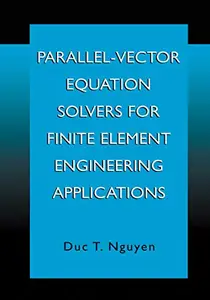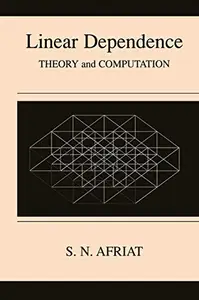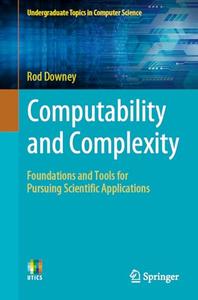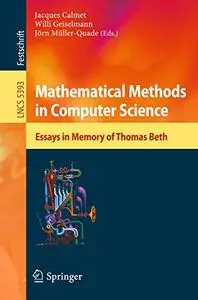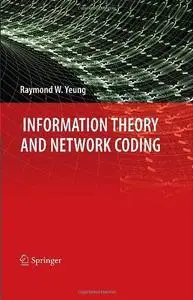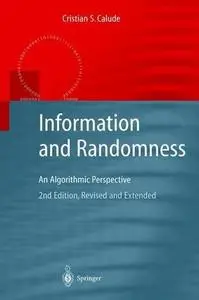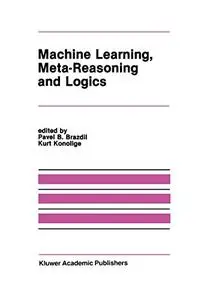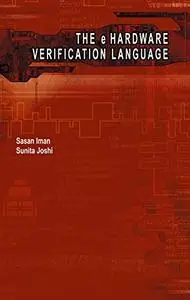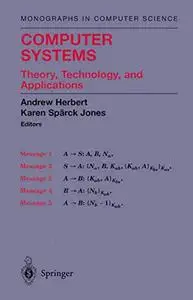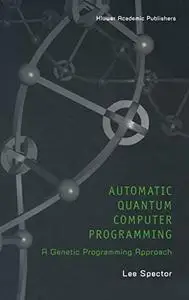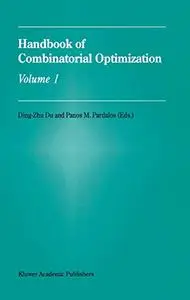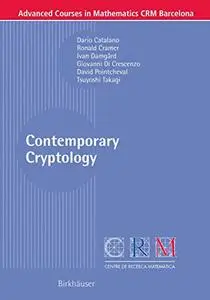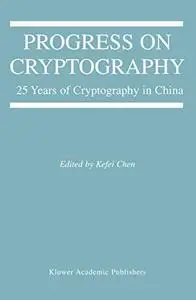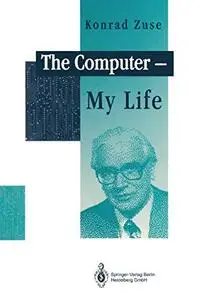Parallel-Vector Equation Solvers for Finite Element Engineering Applications by Duc Thai Nguyen
English | PDF (True) | 2002 | 356 Pages | ISBN : 0306466406 | 23.3 MB
Despite the ample number of articles on parallel-vector computational algorithms published over the last 20 years, there is a lack of texts in the field customized for senior undergraduate and graduate engineering research. Parallel-Vector Equation Solvers for Finite Element Engineering Applications aims to fill this gap, detailing both the theoretical development and important implementations of equation-solution algorithms. The mathematical background necessary to understand their inception balances well with descriptions of their practical uses. Illustrated with a number of state-of-the-art FORTRAN codes developed as examples for the book, Dr. Nguyen's text is a perfect choice for instructors and researchers alike.


